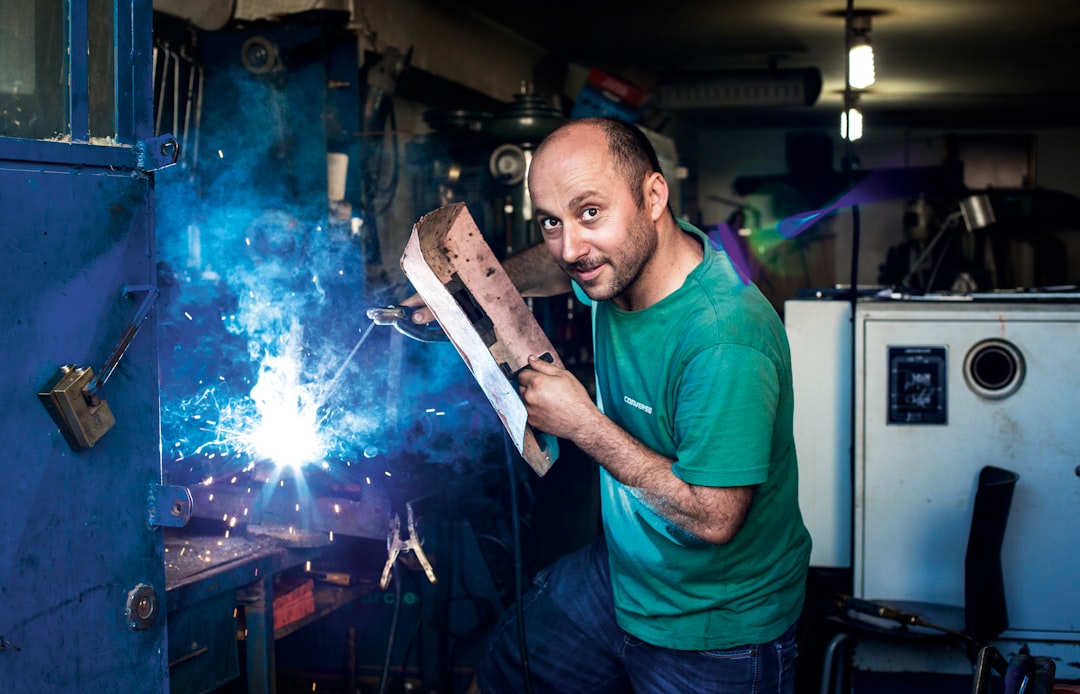What is it about?
Vertically perforated bricks were developed with the view to building environmentally friendly houses since they make insulating materials unnecessary. Indeed, walls can be constructed without any other materials than clay and mortar. Furthermore, they offer better mechanical properties than horizontally perforated ones. However, heat transfer in this geometry, and particularly the influence of the assembly method, is not totally known. In this numerical study, we propose to verify that convection heat transfer is negligible in the perforations. This condition is necessary to increase the thermal resistance of the brick. We then show that a masonry bedded on several strips does not penalize the thermal performance of the wall. A particular study of the ruptures concludes that the convection present in these regions is a local phenomenon preferable to the thermal bridges caused by continuous mortar joints.
Featured Image
Read the Original
This page is a summary of: Numerical study of heat transfer in a wall of vertically perforated bricks: influence of assembly method, Energy and Buildings, March 2003, Elsevier,
DOI: 10.1016/s0378-7788(02)00049-x.
You can read the full text:
Contributors
The following have contributed to this page










